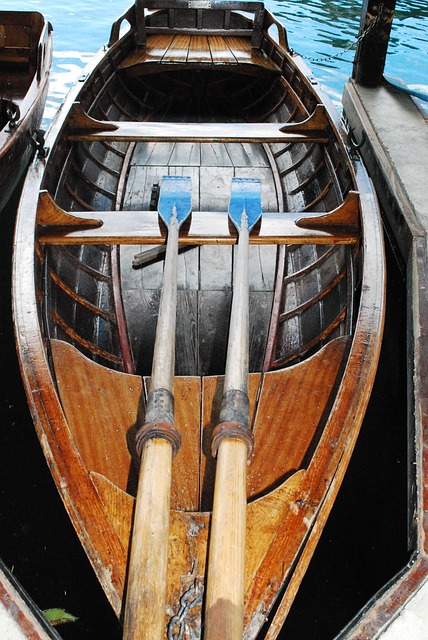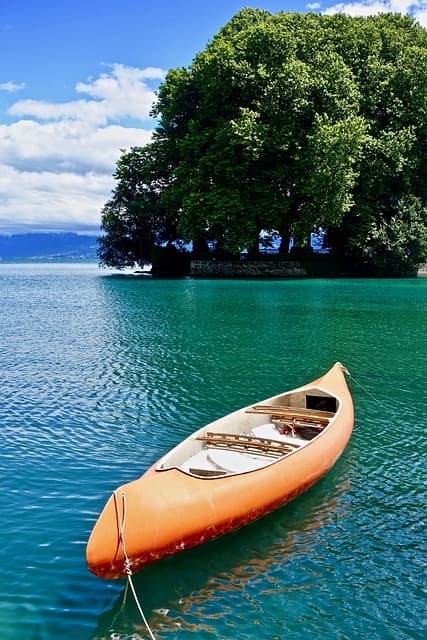The traditional Polynesian canoe, the Hokulea, returned to Honolulu, Hawaii, completing the first-ever circumnavigation of the globe in such a vessel. The ship itself was built back in the ’70s and had already sailed from Hawaii to Tahiti.
The voyage lasted three years, during all the crossings the crew of a sailing catamaran sailed without modern instruments, navigating by stars.
Participants in the expedition sought to use the same methods as the first Polynesian settlers in Hawaii hundreds of years ago.
In Hawaii, the expedition was ceremoniously welcomed at Magic Island Lagoon in Honolulu.
The canoe traveled 40,000 nautical miles during the circumnavigation. “The Hokulea was built specifically for scientific expeditions, the most famous of which was in 1976. Then the ship sailed from Hawaii to Tahiti in order to confirm the anthropological theory of the origin of the peoples inhabiting these archipelagos.
During the round-the-world expedition, the canoe sailed 40,000 nautical miles (74,000 km). It was called the Malama Honu voyage (Malama Honu voyage), which translates to “Caring for our island land.
The purpose of the voyage was to draw attention to the need to support and protect indigenous peoples.
“The Hokulea awakened interest in Hawaiian culture, language, identity, and revived travel and navigational traditions in the Pacific,” the expedition organizer said on his website.
The navigators used only the stars to navigate. Naalehu Anthony, a crew member and executive director of Hawaii media company Oiwi TV, which covered the trip, told Hawaii Public Radio that wherever they went, people greeted them with the Hawaiian greeting “aloha.” The trip, he said, “made them realize that we have more in common than different.


